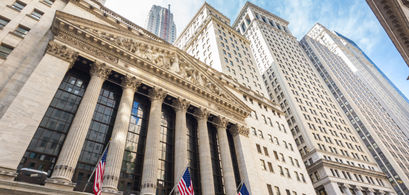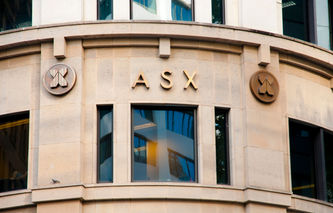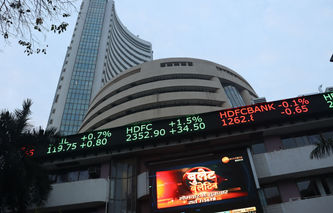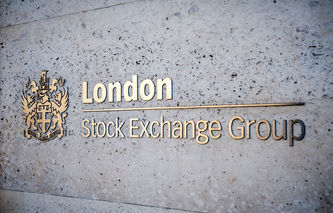At one time, the American Stock Exchange, or Amex, was the third largest exchange in the United States, positioned behind the New York Stock Exchange and the NASDAQ. Prior to the merger with NYSE Euronext, over 570 companies were listed on the Amex, with a market value in excess of $565 billion.
History of the American Stock Exchange
The American Stock Exchange has its origins around 1849 on the streets of the financial district of New York City, near Broad Street and Exchange Place. Brokers would meet outdoors to discuss and trade stocks as well as bonds. Later in 1908, these same brokers would form an organization known as the New York Curb Agency.
In 1921, the roar of the market activities on the street dictated a move indoors; into the building where it still resides on Trinity Place in New York City. The Amex was referred to as the New York Curb Exchange from 1929 until 1953, when it changed its name to the American Stock Exchange.
For many years, the Amex was a marketplace for the securities of companies that could not meet the high standards of the New York Stock Exchange. Later, it became a an even more respectable exchange as it began to introduce its own set of listing requirements for securities, and admissions standards for members of the exchange.
In 1998, the American Stock Exchange merged with the National Association of Securities Dealers (NASD), the same organization that manages the NASDAQ stock market. The combined companies, however, continued to operate as separate exchanges.
In late 2003, the American Stock Exchange regained its independence. After only five years under the control of NASD, The Amex Membership Corporation completed an agreement to transfer control of the exchange back to its membership. At one time, the Amex claimed to be the second largest options exchange in the world.
In January 2008, NYSE Euronext announced it was acquiring the American Stock Exchange for $260 million in stock. The deal was completed on October 1, 2008, and the exchange was re-branded as the NYSE Amex Equities. In May 2012, further rebranding now has the company name as NYSE MKT, LLC.
AMEX Facts and Figures
In addition to the trading of stocks and bonds, the Amex was well known for its pioneering efforts in the trading of derivatives. A derivative is an investment that is based on the performance of an underlying asset or index. An example of a derivative traded on the American Stock Exchange is Standard & Poor's Depository Receipts, which are directly tied to the S&P 500 Index. These receipts are traded like stocks; however, their price fluctuates with the movement of the S&P index itself.
Trading Volumes on the AMEX
In 2008, the average daily volume on the Amex was roughly 30 to 50 million shares. This works out to nearly 1 billion shares traded each month. This also equates to $50 to $80 billion each month in securities of companies worth in the neighborhood of $565 billion. There were nearly 1,700 actively traded issues on the Amex in 2008.
As is the case with other securities exchanges, the Amex was an auction market, where the prices for stocks, options, exchange traded funds (ETF), derivatives and other structured products are determined through public offers to sell and bids to buy. The Amex was considered a specialty market, with a strong leadership position in the ETF marketplace.
Holiday Schedule / Calendars
Please see the NYSE Euronext for the 2020 and 2021 Holiday Schedule.
Trading Hours
Except as otherwise determined by the Amex Board of Governors, the Exchange was open for the transaction of business on every weekday, Monday through Friday, 9:30 a.m. to 4:00 p.m. Eastern Time. The Amex was closed on days indicated in the holiday schedule.
Electronic Trading on the AMEX
The owners of the American Stock Exchange realized the competitive position of the exchange was declining. To help improve its position, the Amex undertook a revitalization of its trading technology to meet the high standards of its options customers. In 2004, a rollout of ANTE (Amex New Trading Environment) began with a new electronic platform that combined the qualities of an electronic and auction marketplace.
ANTE promised to significantly increase trading performance including speed, liquidity and customer access. In 2006, AMEX began working on integrating the ANTE platform for options with ATS (Amex Alternative Trading System), which was a completely redesigned stock trading platform. When completed, the AMEX was the only major exchange offering multiple trading products on a single trading platform.



